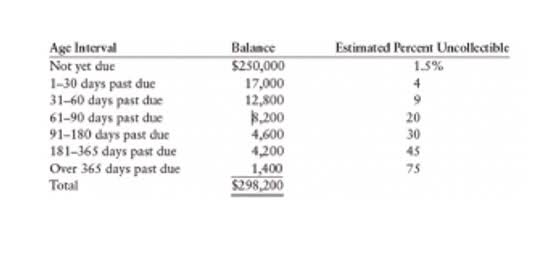
As you continue reading below, we’ll cover post-closing trial balances in more detail, including post closing trial balance example key components and how they support accurate financial reporting. Methods include reviewing journal entries, recalculating account balances, and cross-referencing with financial statements to ensure consistency and accuracy. Incorrect postings can also cause issues in the post-closing trial balance. Errors such as posting to the wrong account or using incorrect amounts can disrupt the balance. At the end of every accounting cycle, temporary accounts will be set to a zero balance through closing entries, and after this is done, a post closing trial balance will be created. Then, you balance each account once you record all the transactions in the ledger.
Purpose of the Post-Closing Trial Balance
To clarify, the total debits and credits of all permanent accounts do not need to be zero. However, they should be equal to each other, resulting in a net-zero balance. After preparing the trial balance, accountants will check to make sure the total debits match the total credits. Next will be a listing of all of the general ledger balance sheet accounts (except those with $0.00 balances) along with each account’s balance appearing in the appropriate debit or credit column. These accounts carry their balances into the next accounting period and are used to prepare the financial statements. These accounts are closed at the end of the period by transferring their balances to the retained earnings account or other permanent accounts, such as the accumulated depreciation account.

What adjustments are made when preparing a Post-Closing Trial Balance?
- By verifying that debits and credits are equal to one another, accountants can conclude that the closing process was completed accurately, and the company will start the new period with clean books.
- To troubleshoot this, it’s crucial to re-examine each entry for accuracy and ensure that all temporary accounts have been properly closed.
- This can occur if there were errors in the adjusting or closing entries, leading to discrepancies between debits and credits.
- This facilitates a smooth transition and continuity in the accounting records, maintaining the integrity and reliability of financial information.
- So, first of all, it differentiates between the temporary and permanent ledger accounts.
- By confirming that all temporary accounts have zero balances, it ensures that revenues and expenses are correctly reported for the period, which is essential for accurate financial reporting.
- For auditors, it’s a starting point for financial statement analysis and error detection.
The post-closing trial balance is a crucial financial statement that reflects the balances of permanent accounts after all temporary accounts have been closed. Essentially, it serves as a snapshot similar to a balance sheet, showcasing online bookkeeping only the accounts that will carry over into the next accounting period. After the closing entries are made, which include adjustments for revenues, expenses, and dividends, all temporary accounts—such as revenue and expense accounts—will show a zero balance. This leaves only the permanent accounts, which consist of assets, liabilities, and equity.
What is the purpose of a post-closing trial balance?

The purpose of preparing a post-closing trial balance is to assure that accounts are in balance and ready for recording transactions in the next accounting period. The post-closing trial balance is a critical financial statement, serving as a checkpoint in the accounting cycle. It lists all the accounts of a company that are still open after the closing entries are made at the end of an accounting period. This balance is pivotal because it ensures that the ledger is in balance and ready for the next accounting period. It’s the foundation upon which a new financial period is built, providing assurance that all temporary accounts have been reset and permanent accounts reflect the end-of-period balances.

What are the key differences between pre-closing and post-closing trial balances?

It means the total of all credit and debit ledger accounts should always be equal. The errors have been identified and corrected, but the closing entries still need to be made before this TB can used to create the financial statements. After the closing entries have been made to close the temporary accounts, the report is called the post-closing trial balance. The other two are the unadjusted and adjusted trial balances, both of which are prepared before the temporary accounts are closed out. The post-closing trial balance ensures all temporary accounts are closed, verifies ledger accuracy, and prepares the accounts for the next period, playing https://www.bookstime.com/articles/budgeting-report-definition-and-examples a critical role in the accounting cycle.
- Post-closing trial balance – This is prepared after closing entries are made.
- Since all temporary accounts will have zero balances, the post-closing trial balance will comprise only balance sheet accounts (permanent accounts).
- Once you prepare the adjusted trial balance, the balances of some of the items in the unadjusted trial balance would change.
- Moving from the adjusted to the post-closing trial balance finishes the accounting period.
- Troubleshooting discrepancies in a trial balance is a critical step in ensuring the accuracy of financial statements.
